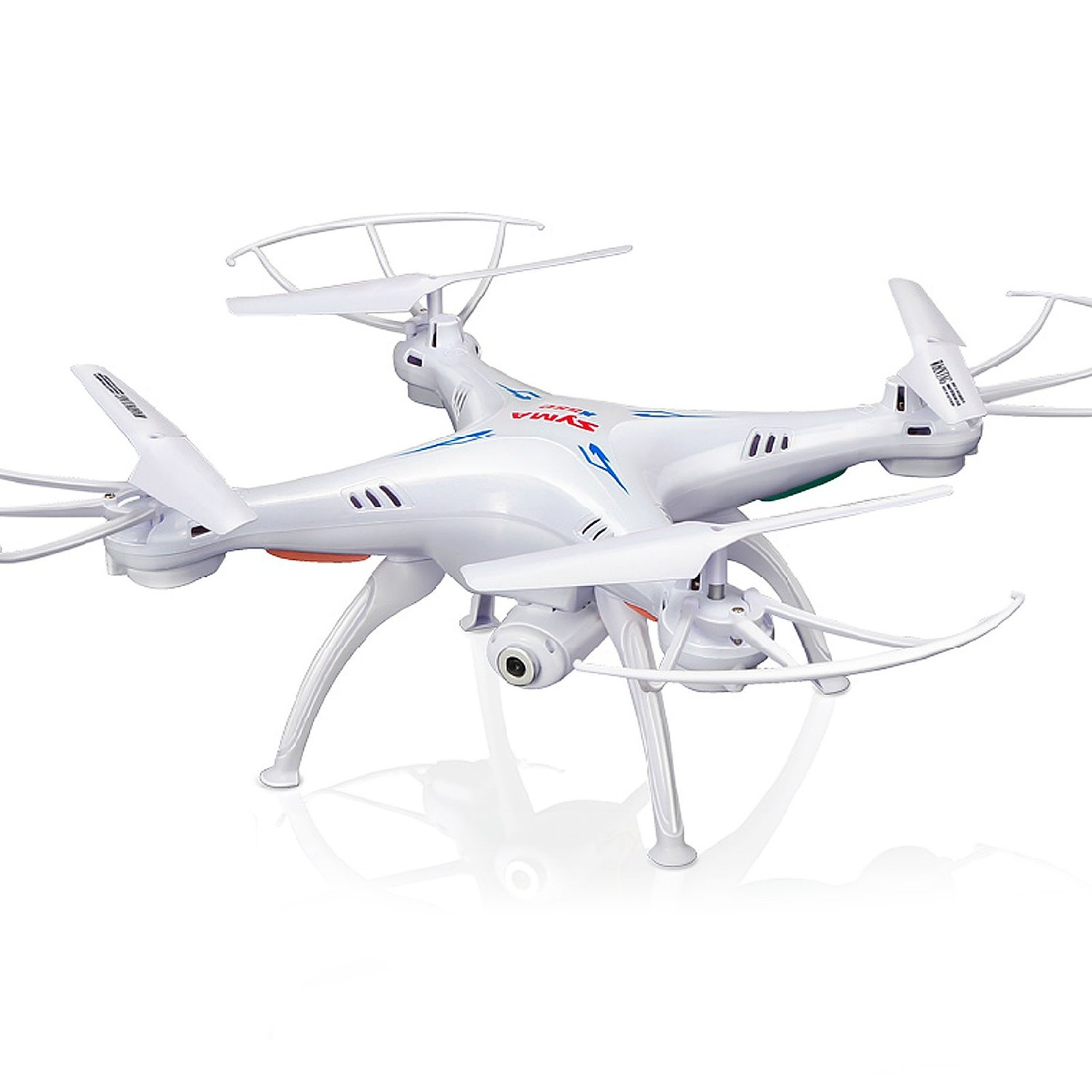Technology
Gifts That Go on Giving: The 8 Most Hackable Gifts of 2016

Published:
Last Updated:

Looking for a last-minute cool gift for that technology geek son or daughter, or that coworker? Now you’ve found it and it’s just about to go under the tree. What could go wrong?
Plenty. How much do you know about the hardware or software’s vulnerability to malware, or its default password vulnerabilities or whether it is particularly susceptible to ransomware attacks?
Probably just about as much as the next guy, which is to say not much, unless the next guy is a cybersecurity wonk.
Security website DarkReading.com has you covered. Contributing editor Terry Sweeney, a 20-year veteran on tech, networking and security issues has published a list of the eight things that gift recipients and gift givers need to keep in mind when setting up or using the new tech toy.
For a new laptop: Immediately change default passwords and make sure you have the latest software patches and a good virtual private network (VPN) client for those times when the gift will be connected to public Wi-Fi.
For an Internet of Things (IoT) device: Devices like DVRs, video cameras, streaming sticks and gaming consoles played a major role in the distributed denial of service attack against internet service provider Dyn in October. The attack used IoT devices that had been easily infected with malicious code to generate terabytes of traffic that brought the company’s business to its knees. As soon as that gift is unwrapped, check to make sure it has the latest software update.
For a gift card: These seemingly harmless items can cause more problems for a retailer than for a consumer. If a merchant’s point-of-sale terminal has been infected with the specific malware, a hacker can easily steal the card number data.
For an app download: Wirelessly connected gifts like some electric trains need an app download in order to work. Make sure the first thing you do is change the default password.
For wearables: These devices are almost all networked using Wi-Fi or Bluetooth. Again, change any default password immediately and make sure you are running the latest version of the device’s software.
For drones: These devices are expected to be very popular again this year. If the drone is improperly secured, a hacker could disrupt the GPS signal or even hijack the drone with a malicious smartphone app.
For mobile devices: Just as with laptops, make sure to change default passwords and download the latest software and apps to that new smartphone or tablet. Consider obtaining “kill switch” software that disables the device if it should be lost or stolen.
For smart home devices: While a new thermostat may seem like a pretty mundane holiday gift, it is far from harmless. Smart home devices are vulnerable to all the same threats as IoT devices and, to beat an already dead horse, it is essential to change the default password on any such device.
For more details see the Dark Reading website.
Thank you for reading! Have some feedback for us?
Contact the 24/7 Wall St. editorial team.